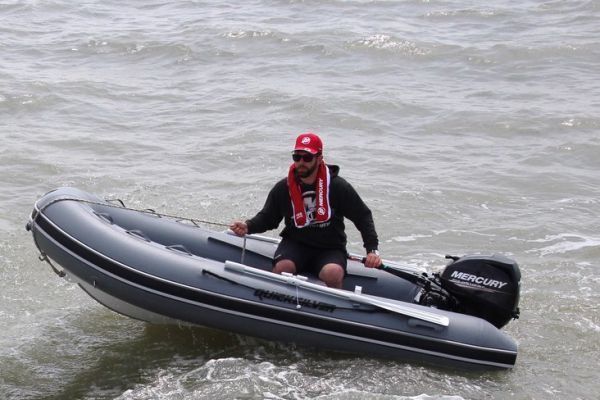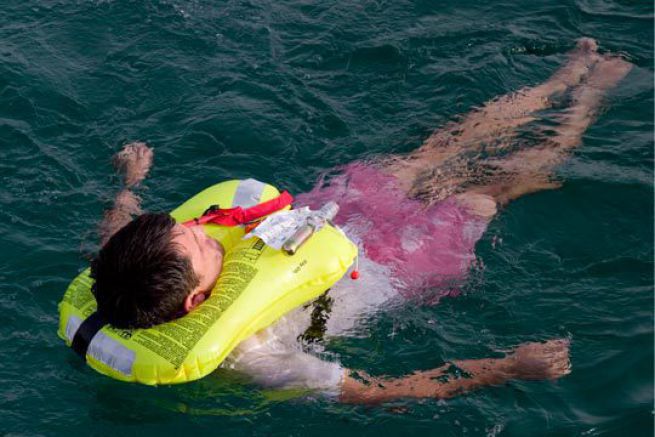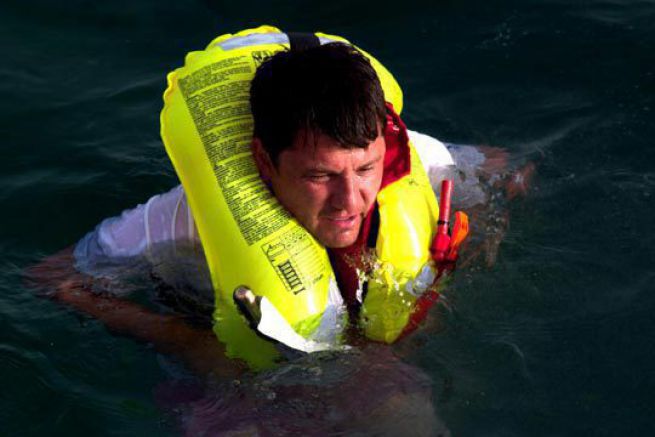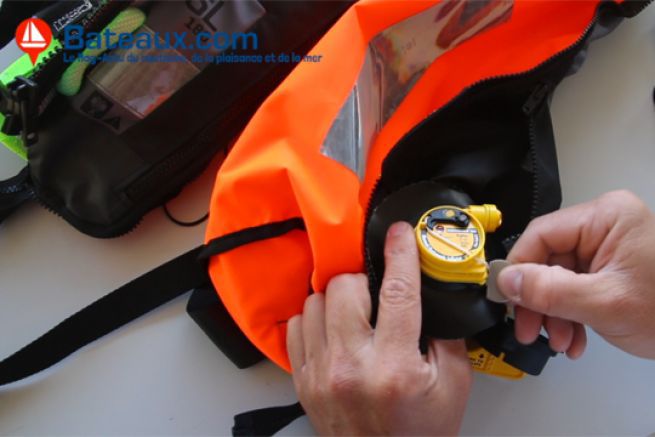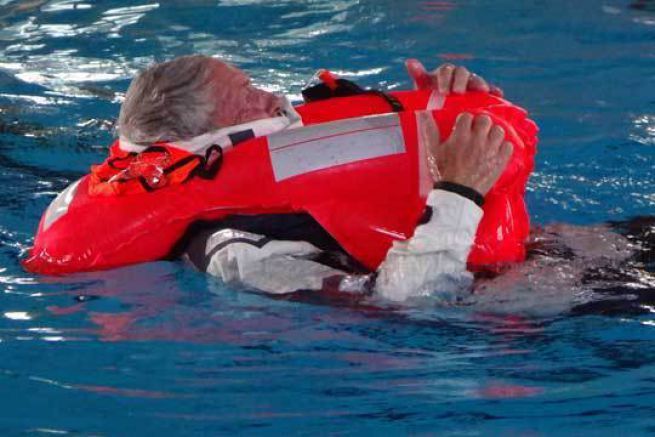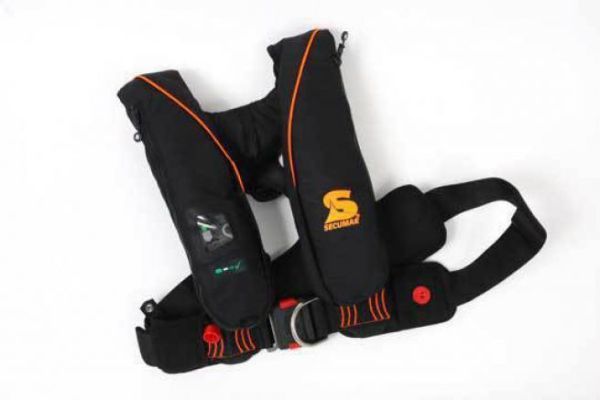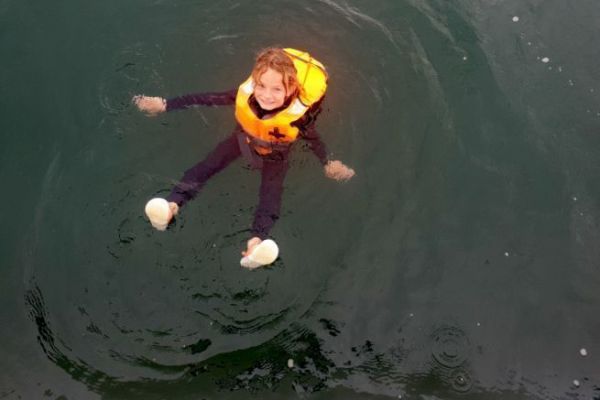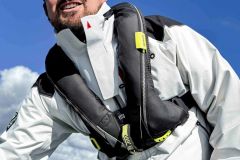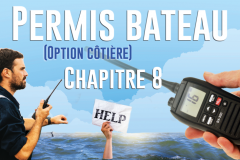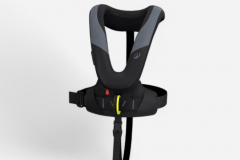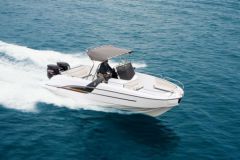What types of vest are there?
There are two main families of lifejackets:
- Foam life jackets these are simple, inexpensive models. Maintenance-free, they are nevertheless cumbersome to store and wear. You'll lose all ease of movement on board with a foam bra around your neck, but your safety will be assured.
They offer the advantage of being maintenance-free, and can withstand being stored on board during the winter without risk. - Self-inflating life jackets they inflate automatically in the event of a fall into the sea, or when triggered manually. They're easy to carry because they don't take up much space, and they're ergonomically designed to make it easier for sailors to get around on board.
These vests require maintenance to ensure they always work properly.
Define your nautical activity to choose the right lifejacket
The first thing to consider is the type of boating you'll be doing. Depending on the type of boating you'll be doing and the type of boat you'll be using, you'll need to choose a specific lifejacket. A lifejacket for paddleboarding won't be the same as one for offshore cruising.

What is the vest standard?
Lifejackets sold in Europe must comply with current standards and carry the CE mark, proving that they have been tested and approved. The standard verifies buoyancy in Newtons (N). For boats, lifejackets must be rated for at least 100 Newtons, and fitted with whistles and reflective strips to make them easier to locate in the event of falling overboard.
50 Newton lifejackets are reserved for water sports activities close to the shore: paddling, kayaking, water skiing...
How do I choose my vest size?
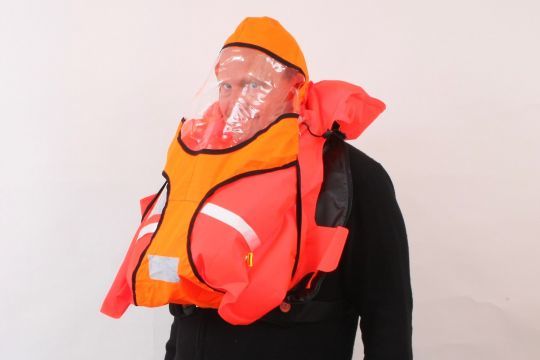
Foam vests should be chosen according to your weight. Most self-inflating vests come in one size. Some are suitable for teenagers or children.
Lifejackets must fit properly to ensure their effectiveness. Be sure to check the manufacturer's instructions to determine the size of your lifejacket. Ideally, you should try on your lifejacket before you buy, just as you would put on a shirt or sweater in a clothing store. This will enable you to check that the vest is comfortable and does not restrict your movements.
How to care for a vest

A foam model doesn't require much maintenance. It just needs to be rinsed once a year during wintering.
A self-inflating model, on the other hand, must not be rinsed with water, otherwise it will inflate unexpectedly. The release kit has a life expectancy of between 3 and 5 years, depending on the model. It can be replaced by any yachtsman. But you can also have it serviced by a professional, who will check that your vest is fully capable of fulfilling its role.
Our tips for choosing a vest
Choose a lifejacket that's as comfortable as possible. After all, the lifejacket that protects you is the lifejacket you wear. If it has to sit at the bottom of a trunk, it's useless... Manufacturers try to adapt the shape of the vest so that its weight no longer rests on the neck, but on the shoulders. In the long run, this is really appreciated. Bear in mind, too, that the vest can be worn with a t-shirt or oilskin jacket. The straps need to be adjustable for these different body sizes.

 /
/ 

